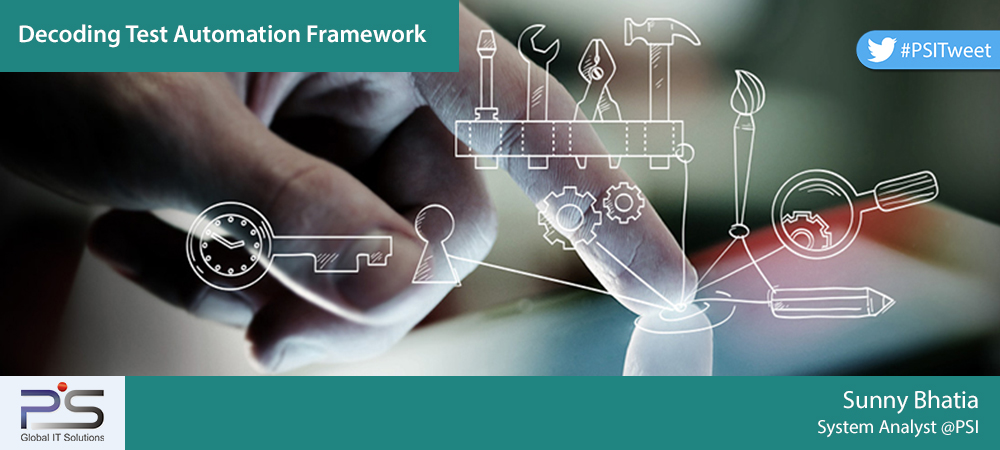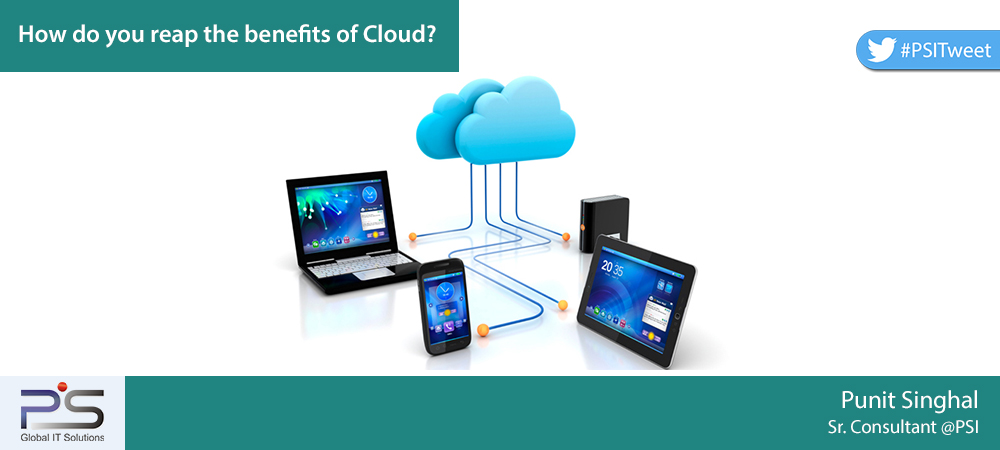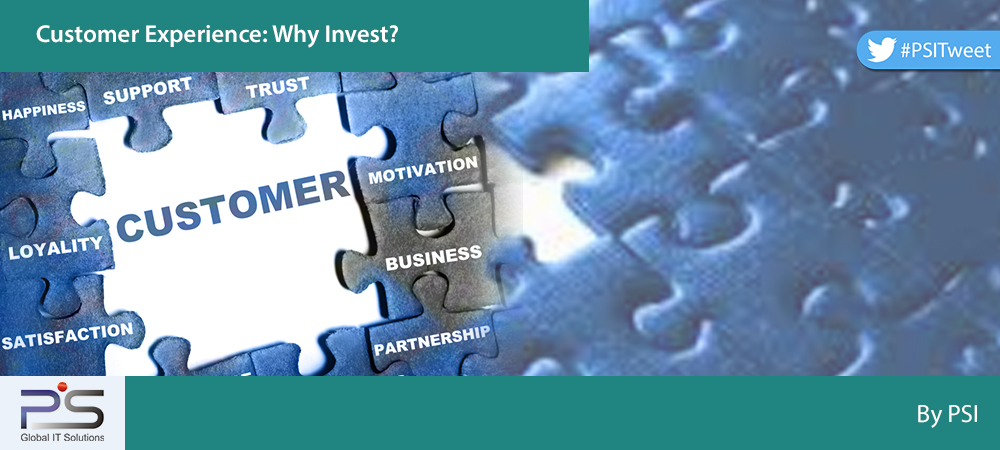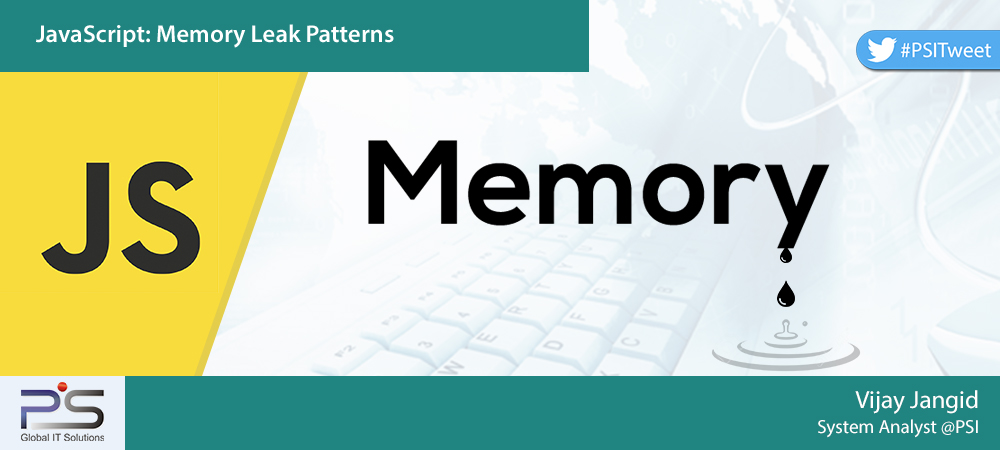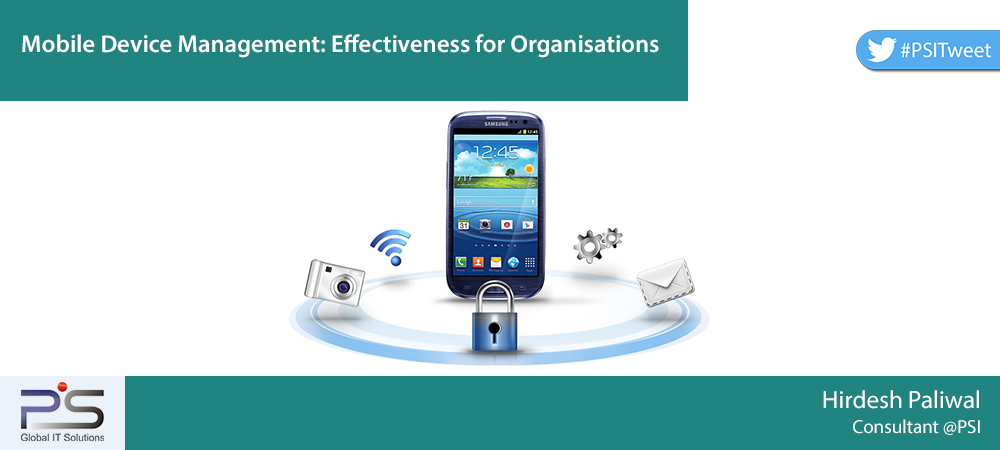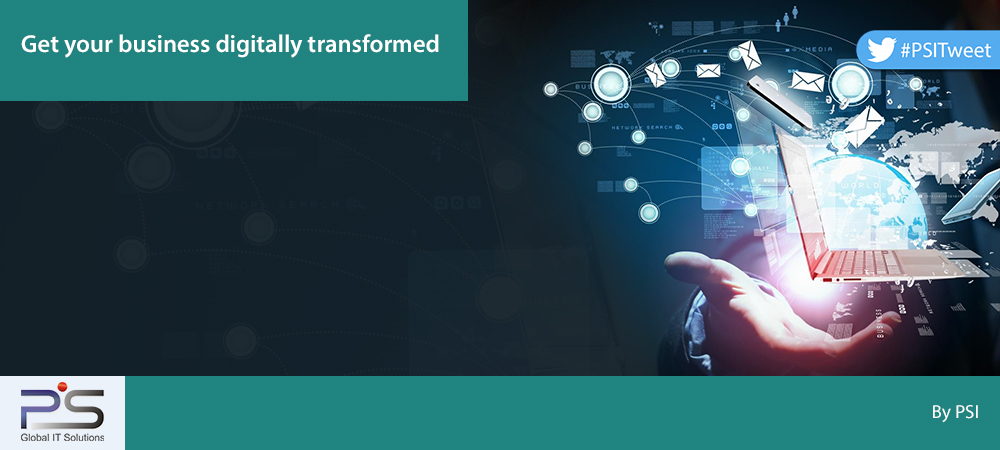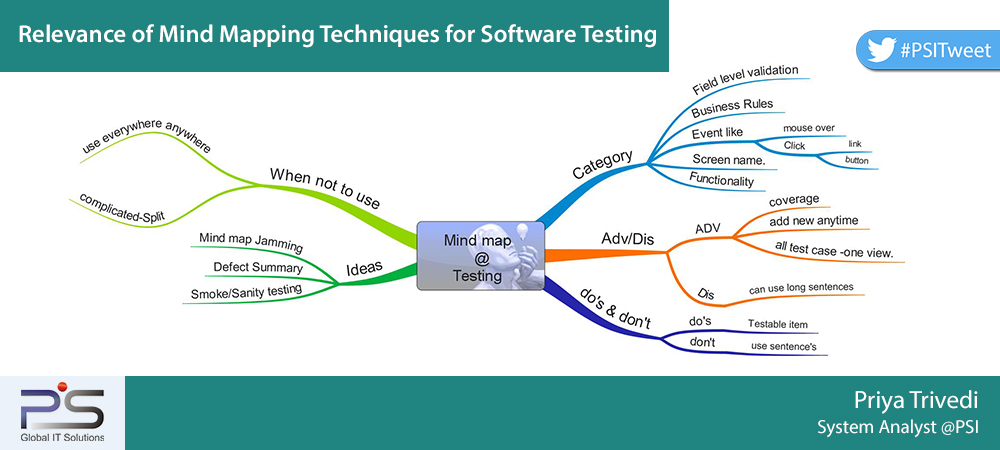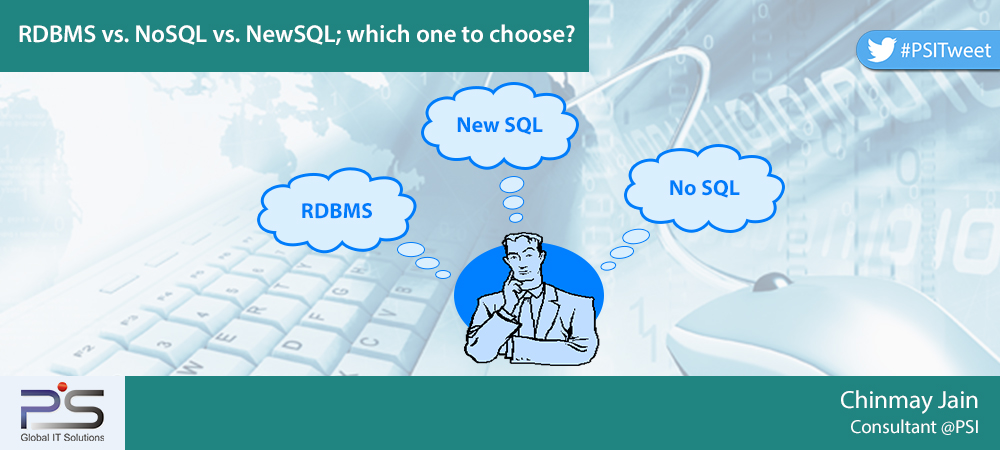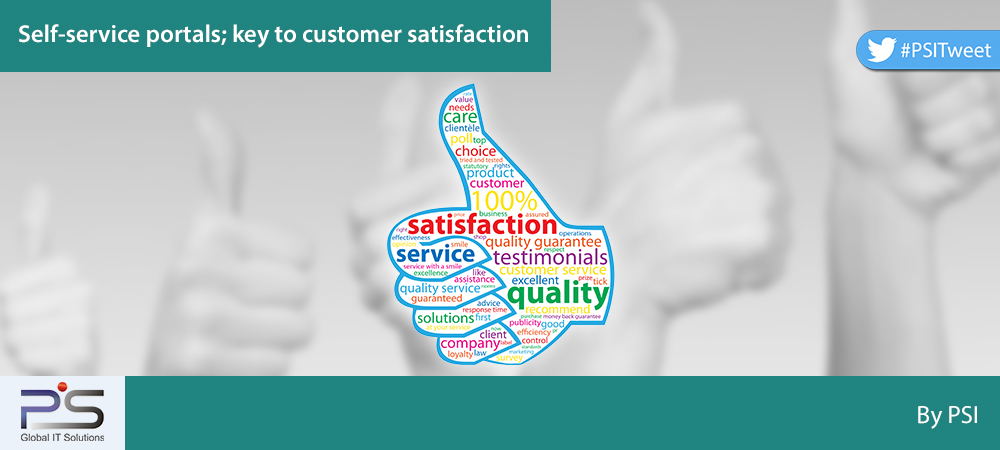take a look at our
featured insights

Why AI May Be More Powerful Than the Brain – Discover the Answer
Can AI threaten Human Survival? The story of artificial intelligence is a mix of excitement and fear. Artificial intelligence is both our brightest hope and our deepest fear. On one hand, AI brings new discoveries that can transform how we live and work. On the other hand, many people worry: What if, one day, machines… Continue reading Articles

Why AI May Be More Powerful Than the Brain – Discover the Answer
Can AI threaten Human Survival? The story of artificial intelligence is a mix of excitement and fear. Artificial intelligence is both our brightest hope and our deepest fear. On one hand, AI brings new discoveries that can transform how we live and work. On the other hand, many people worry: What if, one day, machines… Continue reading Why AI May Be More Powerful Than the Brain – Discover the Answer

Why Technology Modernization Is The Only Way Ahead For ISVs
Today, every business is transforming into a digital business; thanks to the revolution caused by the latest technologies. Conventionally, enterprises only used to leverage the innovation abilities of ISVs to provide solutions to their clients. However, as the technological landscape is advancing, the enterprises are trying to incorporate their own innovations in their offerings.

Why containers are the fastest way to unlock cloud value?
Read this paper to understand how containers are bringing about a revolution in how IT workloads are managed and offer a faster value delivery when moving to cloud







